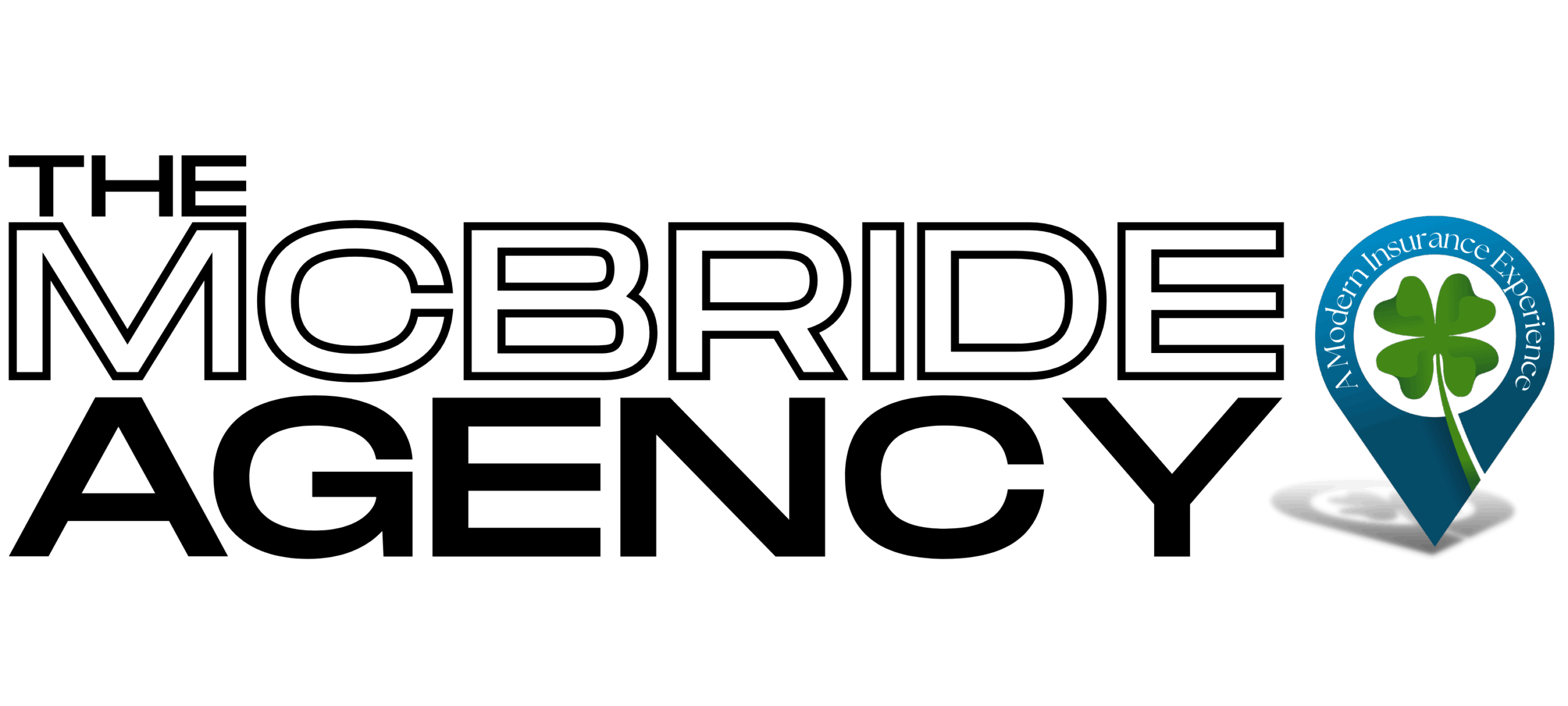When the Sky Turns Green
Tornado insurance coverage in Illinois is often misunderstood, and that confusion can lead to costly surprises when storms hit.
One moment, the sky is calm. The next, a weather alert flashes across your phone, winds rattle the windows, and within minutes, entire neighborhoods are left sorting through the wreckage. Tornadoes don’t send a calendar invite, they show up fast, rip through everything in their path, and leave you hoping your insurance will do what you thought it would.
For many homeowners, that hope fades quickly once the claims process begins. It’s not because they didn’t have insurance. It’s because their policy wasn’t built to handle the real cost of a tornado.
Here’s the truth: there’s no such thing as a separate tornado insurance policy. In Illinois, coverage for tornado damage is usually tucked inside your homeowners plan under wind or storm damage. But just because it’s “included” doesn’t mean you’re fully protected.
So the question isn’t do you have insurance?
It’s do you have the right kind of protection for the storm that could take everything?
Why Tornado Insurance Coverage in Illinois Is More Important Than Ever
Tornado insurance coverage in Illinois isn’t something you think about every day, until the sirens start. While it’s easy to assume major storms only hit open farmland or small rural towns, the data tells a different story. Tornadoes are hitting harder, more often, and in areas that once felt safe.
In fact, Illinois ranks among the top states in the country for tornado activity. On average, more than 50 tornadoes touch down here each year. But it’s not just the number, it’s the speed, timing, and intensity that are shifting.
Today’s storms form faster and with less warning. Many spin up with just minutes to spare before impact. And more of them are happening after dark, when families are asleep and completely unaware. That means less time to react and more damage when they strike.
And tornadoes don’t discriminate. They’ve torn through suburbs, small cities, and densely packed residential areas with little notice. From Peoria to Naperville, it doesn’t matter where your home sits on the map, if you’re in Illinois, your risk is real.
But here’s where things get even more serious: even when a storm spares your home from a direct hit, nearby damage can still cost you. Uprooted trees, flying debris, power outages, and secondary water intrusion can all create repair bills, and not all of it is automatically covered by your policy.
That’s why tornado insurance coverage in Illinois deserves more than a passing glance during renewal season. It’s not just about replacing a roof, it’s about making sure you can afford to rebuild your life, no matter how the storm plays out.
If your policy hasn’t been reviewed recently, or if you’ve never asked how tornado damage is treated, now is the time. Because when the sky turns black and time runs out, the only thing standing between you and financial disaster is the strength of your coverage.
Understanding the Limits of Insurance Coverage in Illinois
Here’s one of the biggest misconceptions out there: homeowners think they’re fully protected from tornadoes just because they have insurance. But tornado insurance coverage in Illinois isn’t a separate policy, it’s part of your standard homeowners insurance, typically under “wind” or “storm” damage. And that’s where the confusion begins.
The Coverage You Think You Have
On paper, most Illinois policies do cover tornado damage. That includes wind damage to your roof, siding, windows, and often personal belongings inside the home. But the real issue lies in the fine print:
- Named Perils vs. Open Perils: If your policy only covers “named perils,” tornadoes might not be one of them unless listed.
- Deductible Surprises: Many policies include wind/hail deductibles, a percentage of your home’s value instead of a flat amount.
- Cash Value vs. Replacement Cost: Actual cash value deducts for depreciation. Replacement cost gives you the full payout to rebuild.
Exclusions That Catch Homeowners Off Guard
Even with wind damage listed, there are common limitations:
- Detached structures may have low limits or no coverage.
- Debris and tree removal often come with low payout caps.
- Temporary living expenses might be missing or too limited.
Tornado insurance coverage in Illinois can give you peace of mind, but only if you know what you’re actually paying for.
How to Improve Your Insurance Coverage in Illinois Without Paying Too Much
If you’ve already got a standard homeowners policy, that’s a good start. But for real peace of mind during storm season, it’s worth asking a deeper question: Is your current coverage strong enough to help you recover fully from a tornado, not just patch things up?
1. Add or Expand Replacement Cost Coverage
Move from actual cash value to replacement cost for structure and belongings. It’s one of the best ways to increase payout potential.
2. Review Your Deductibles, Especially Wind and Hail
Wind/hail deductibles are often a percentage of your home value. Know what yours is and whether it makes sense to adjust.
3. Make Sure You Have Additional Living Expenses (ALE)
Covers hotels, meals, and rentals if your home is unlivable. Check your limits and duration.
4. Boost Coverage on Detached Structures
Garages, sheds, and fences need added coverage if their value exceeds standard limits.
5. Schedule Valuable Items Separately
Jewelry, tools, electronics, and collectibles often need individual item coverage.
Tornado insurance coverage in Illinois doesn’t need to be confusing or overpriced. A few smart adjustments can dramatically improve your ability to recover.
Tornado in Illinois: How to Handle a Claim Without Headaches
When a tornado hits, safety comes first. But after the storm passes, your focus turns to your insurance claim, and that’s where many homeowners run into roadblocks.
Step 1: Document Everything, Before and After the Storm
Keep a home inventory. After a tornado, take clear photos and videos of damage. Don’t throw anything away until it’s documented.
Step 2: Contact Your Agent Promptly
Call right away. Ask for a copy of your policy, describe the damage, and get your claim started early.
Step 3: Know What You’re Owed
Understand replacement cost vs. actual cash value. Ask about ALE, coverage limits, and payout timelines.
Step 4: Get Your Own Estimates
Local independent contractor estimates give you negotiating power if the insurance payout falls short.
Step 5: Watch Out for Scams and Storm Chasers
Stick with licensed, local professionals. Be cautious with anyone who pressures you to sign or pay upfront.
By preparing now, you can avoid the most common claim headaches and get back on your feet faster after a storm.
Don’t Wait for Sirens to Read Your Policy
Tornadoes don’t give warnings that fit neatly into your schedule, and neither do insurance problems. If there’s one takeaway, it’s this: your protection should already be in place before the wind picks up, not something you question while staring at a damaged roof. Tornado insurance coverage in Illinois starts with understanding what your homeowners policy actually does, and doesn’t, cover.If it’s been more than a year since you reviewed your coverage, or if you’ve made upgrades to your home, it’s time to take a closer look. The best place to start? A policy that’s built for real-life disasters, not vague promises. You can get that peace of mind with the right Homeowners Insurance, coverage that’s clear, reliable, and designed to keep you protected when it matters most.

